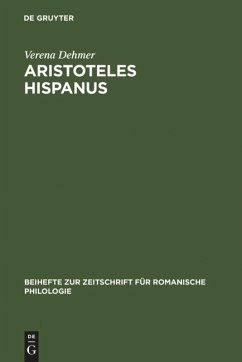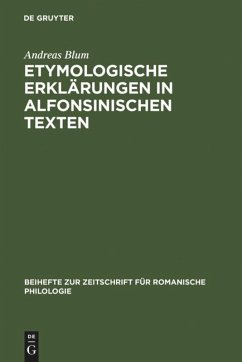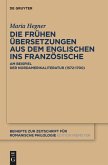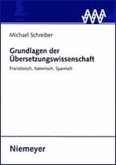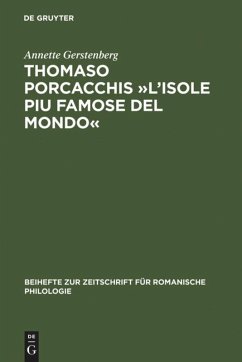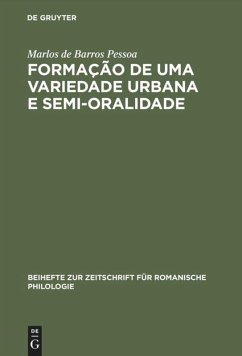The publication draws on philological, translatological, and language-historical methodologies to investigate an Old Spanish manuscript of Aristotle's »De animalibus«. It also provides an appreciation of the (translated) work's significance for the history of science. In the study, extracts from the manuscript are edited, compared with the Arabic and Latin text, and commented upon for the first time. The outcome of this close examination is that two translators were involved, probably in the second half of the 13th century, and that they translated simultaneously from Arabic and Latin into Castilian, an approach not otherwise evidenced so far.
Verena Dehmer untersucht eine altspanische Handschrift der Biblioteca Nacional de Madrid von Aristoteles zoologischem Hauptwerk »De animalibus« unter Anwendung philologischer, traduktologischer und sprachhistorischer Methoden. In der Einleitung stellt sie die Biologie des Aristoteles mit ihrer Überlieferungs- und Wirkungsgeschichte sowie den historischen Rahmenbedingungen für naturwissenschaftliche Studien auf der Iberischen Halbinsel im 13./14. Jahrhundert dar. Im Hauptteil werden Auszüge aus der Handschrift erstmals ediert, mit dem arabischen und dem (zur Zeit nur teilweise edierten) lateinischen Text von Michael Scotus verglichen und kommentiert. Die Kommentare beziehen sich aus linguistischer und sprachhistorischer Sicht auf einzelne Wörter und Begriffe, syntaktische Erscheinungen oder auch biologisch interessante Passagen oder Fachtermini. Die Autorin erbringt den Nachweis, dass zwei Übersetzer gleichzeitig aus dem Arabischen und dem Lateinischen ins Kastilische übersetzten - eine bislang noch unbelegte Arbeitstechnik. Die vorgenommenen Textkürzungen wurden im Hinblick auf die wissenschaftsgeschichtliche Einordnung hin untersucht. Als Entstehungszeitraum kommt die Wirkungszeit Alfonsos el Sabios (1221-1284) in Frage, wenngleich andere Auftraggeber als der König selbst diskutiert werden.
Verena Dehmer untersucht eine altspanische Handschrift der Biblioteca Nacional de Madrid von Aristoteles zoologischem Hauptwerk »De animalibus« unter Anwendung philologischer, traduktologischer und sprachhistorischer Methoden. In der Einleitung stellt sie die Biologie des Aristoteles mit ihrer Überlieferungs- und Wirkungsgeschichte sowie den historischen Rahmenbedingungen für naturwissenschaftliche Studien auf der Iberischen Halbinsel im 13./14. Jahrhundert dar. Im Hauptteil werden Auszüge aus der Handschrift erstmals ediert, mit dem arabischen und dem (zur Zeit nur teilweise edierten) lateinischen Text von Michael Scotus verglichen und kommentiert. Die Kommentare beziehen sich aus linguistischer und sprachhistorischer Sicht auf einzelne Wörter und Begriffe, syntaktische Erscheinungen oder auch biologisch interessante Passagen oder Fachtermini. Die Autorin erbringt den Nachweis, dass zwei Übersetzer gleichzeitig aus dem Arabischen und dem Lateinischen ins Kastilische übersetzten - eine bislang noch unbelegte Arbeitstechnik. Die vorgenommenen Textkürzungen wurden im Hinblick auf die wissenschaftsgeschichtliche Einordnung hin untersucht. Als Entstehungszeitraum kommt die Wirkungszeit Alfonsos el Sabios (1221-1284) in Frage, wenngleich andere Auftraggeber als der König selbst diskutiert werden.

